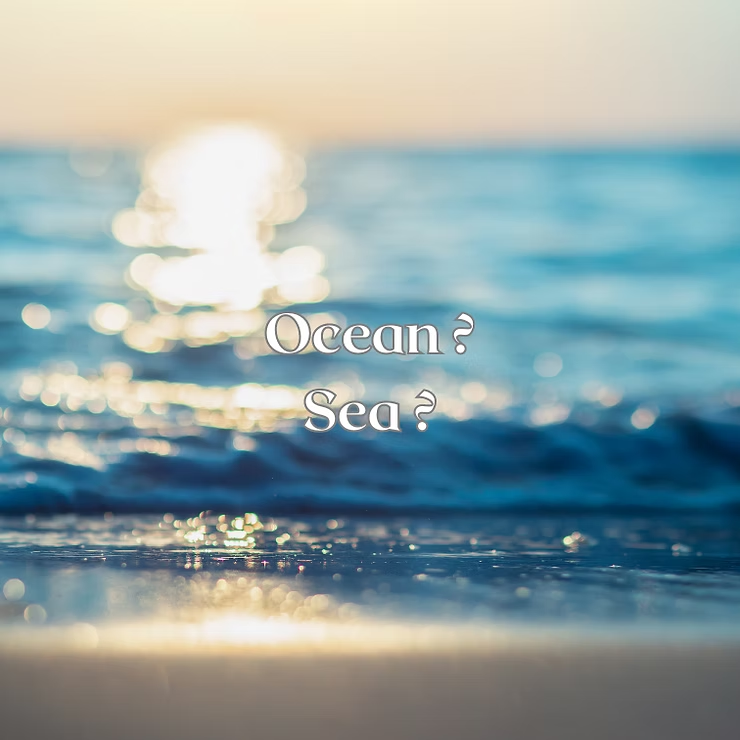The Ocean and the Sea: Key Differences Explained
The ocean and the sea both cover significant portions of the Earth’s surface, but they are not the same. This article explores their differences in size, location, salinity, marine life, and human impact.
Key Takeaways
- Oceans are much larger and deeper than seas.
- Seas are partially enclosed by land, while oceans are open bodies of water.
- Oceans typically have higher salinity than seas.
- Marine biodiversity is greater in the ocean compared to seas.
- Human activities such as fishing, shipping, and pollution affect both oceans and seas.
Size Matters: Comparing Oceans and Seas
Oceans dominate the planet, covering about 71% of the Earth’s surface, while seas are smaller bodies of saltwater usually connected to oceans. For perspective, the Pacific Ocean alone spans over 63 million square miles—larger than all seas combined. Seas, like the Mediterranean or Caribbean, are typically measured in thousands of square miles, making them vast but still small compared to oceans.
Location Differences
Oceans are spread worldwide and are divided into five major regions: the Pacific, Atlantic, Indian, Southern, and Arctic Oceans. Seas, by contrast, are smaller and often found along coastlines, partially enclosed by land. Examples include the Red Sea, Black Sea, and Mediterranean Sea.
Salinity Variations
Salinity is another key difference. Oceans generally have an average salinity of 3.5%, while seas usually range from 1% to 3%. Seas often receive freshwater from rivers, diluting their salt content. Oceans, being vast and less influenced by land runoff, maintain higher salinity levels overall.
Marine Life and Ecosystems
Both oceans and seas host diverse ecosystems, but oceans support a wider range due to their size and depth. Key habitats include:
- Coral reefs: Known as the “rainforests of the sea,” they shelter countless marine species.
- Seagrass meadows: Provide nurseries for fish, turtles, and seahorses while helping stabilize coasts.
- Whales and migratory species: Iconic animals found across both oceans and seas, crucial for ecosystem balance.
From plankton to predators, marine life thrives in both environments, though larger and more varied populations are usually found in oceans.
Human Impact on Oceans and Seas
Human activities have left a significant mark on both oceans and seas. The major issues include:
- Pollution: Plastics, chemicals, and oil spills disrupt marine ecosystems and harm wildlife.
- Overfishing: Excessive fishing reduces populations and threatens biodiversity.
- Habitat destruction: Coastal development and dredging damage vital ecosystems like coral reefs and mangroves.
Protecting these waters requires conservation efforts, sustainable fishing, and reducing pollution to maintain ecological balance.
Conclusion
While oceans and seas share similarities, their differences in size, location, salinity, and ecosystems are distinct. Both play vital roles in regulating Earth’s climate, supporting marine life, and sustaining human activity. Recognizing these differences helps us better appreciate and protect the vast blue spaces that shape our planet.
Frequently Asked Questions
What is the main difference between an ocean and a sea?
Oceans are larger and deeper, while seas are smaller and partially enclosed by land.
Where can you find oceans and seas?
Oceans span the globe, while seas are found along coastlines or within land boundaries.
Do both contain saltwater?
Yes, but oceans generally have higher salinity than seas due to less freshwater input.
What marine life lives in them?
Both support diverse species, from fish and corals to whales and dolphins.
How do humans use oceans and seas?
For fishing, transport, tourism, and resources, though these activities often create environmental stress.

